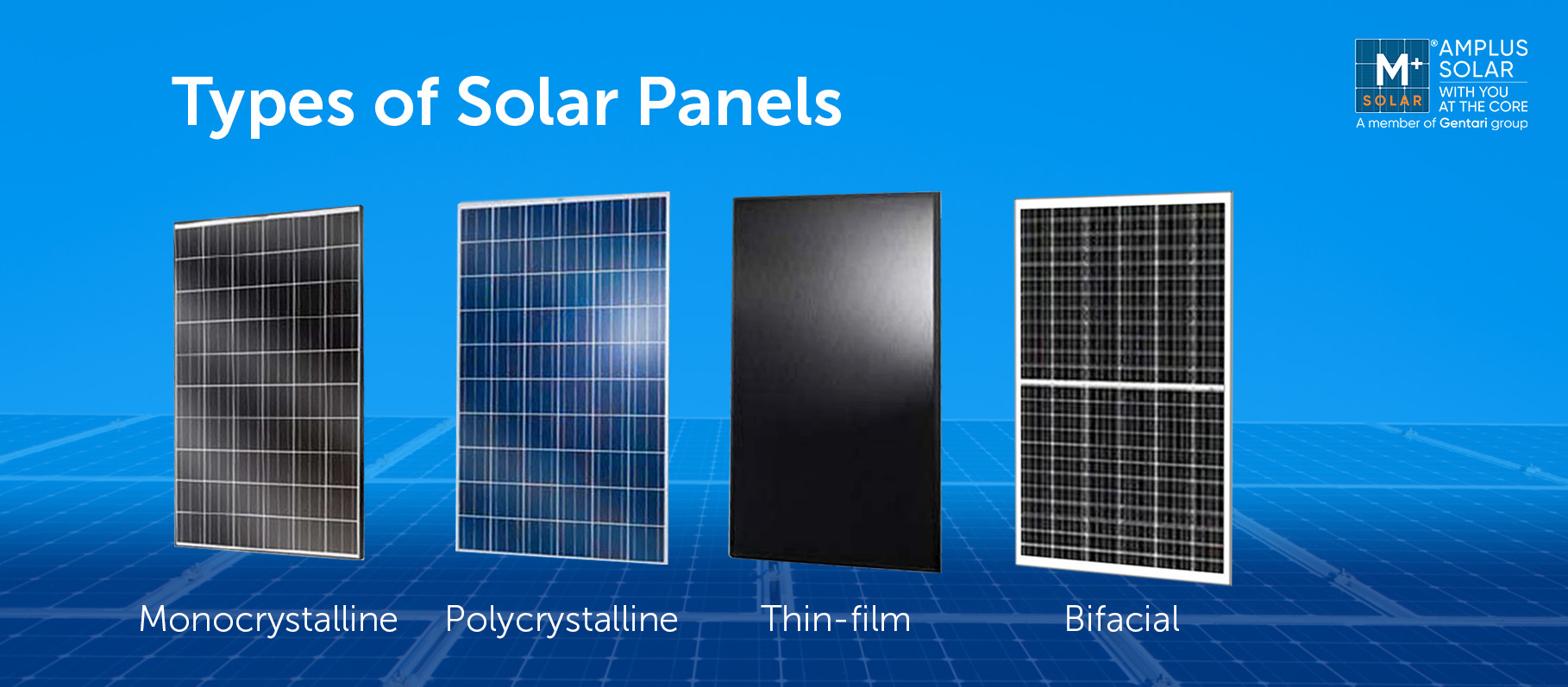As renewable energy gains popularity, more homeowners are exploring solar power as a sustainable and cost-effective energy source. With numerous options available, choosing the right solar panels can be a daunting task. Understanding the-different-types-of-solar-panels-for-your-home is essential to making an informed decision that fits your energy needs, budget, and aesthetic preferences.
Monocrystalline Solar Panels
Monocrystalline solar panels are made from a single, high-purity silicon crystal. They are known for their high efficiency—often around 15-20%—which means they can produce significant power even in limited space. Their sleek black appearance makes them aesthetically appealing, making them an excellent choice for homeowners looking for modern, minimalist designs. Due to their manufacturing process, monocrystalline panels tend to be more expensive but offer superior performance and durability.
Polycrystalline Solar Panels
Polycrystalline, or multicrystalline, solar panels are made from silicon fragments melted together. They are generally less efficient, with an efficiency rate of about 13-16%. However, they are also more affordable, making them a popular choice for budget-conscious homeowners. Their characteristic bluish hue may not be as sleek as monocrystalline panels, but they offer reliable performance and are suitable for larger rooftops or spaces where aesthetics are less critical.
Thin-Film Solar Panels
Thin-film solar panels are made by depositing one or more layers of photovoltaic material onto a substrate like glass, metal, or plastic. They are lightweight and flexible, allowing for versatile installation options. Although their efficiency is typically lower—around 10-12%—they perform better in high temperatures and shaded conditions than crystalline panels. These qualities make thin-film panels ideal for unconventional applications, such as curved surfaces or portable solar solutions.
Building-Integrated Photovoltaics (BIPV)
Building-integrated photovoltaics integrate solar cells directly into building materials, such as roofing shingles or facades. These innovative panels combine function with aesthetics, seamlessly blending into the design of your home. While initially more expensive, BIPV systems can reduce the need for separate solar panels and additional construction costs, offering a stylish and efficient energy solution.
Factors to Consider When Choosing Your Solar Panels
- Efficiency: Higher efficiency panels generate more power in smaller spaces.
- Cost: Balance your budget with the long-term savings on energy bills.
- Aesthetics: Consider how the panels will complement your home’s look.
- Durability: Look for panels with proven longevity and warranty coverage.
- Installation: Some panels may require specific mounting options or roof types.
Choosing the right solar panel type involves assessing your specific needs and priorities. Whether you prioritize efficiency, budget, or design, understanding the options will help you make a well-informed investment in renewable energy.
If you want to explore more about your options and professional guidance, visit our homepage at HomeVotel for additional resources and expert insights.
For a detailed overview of the different options available, check out the-different-types-of-solar-panels-for-your-home.

